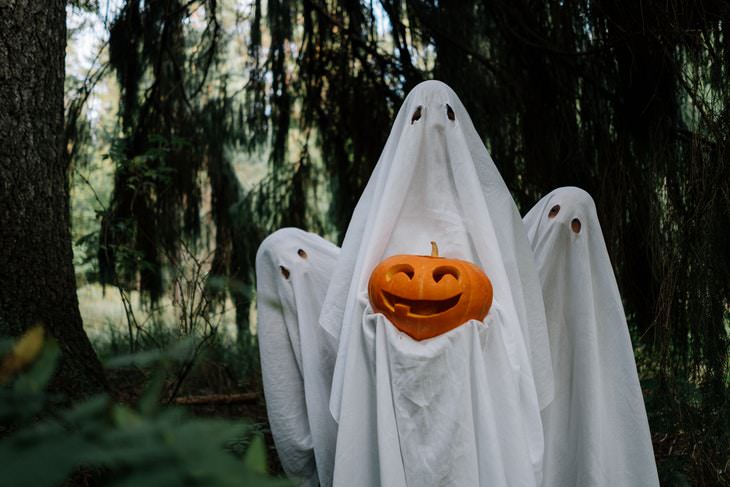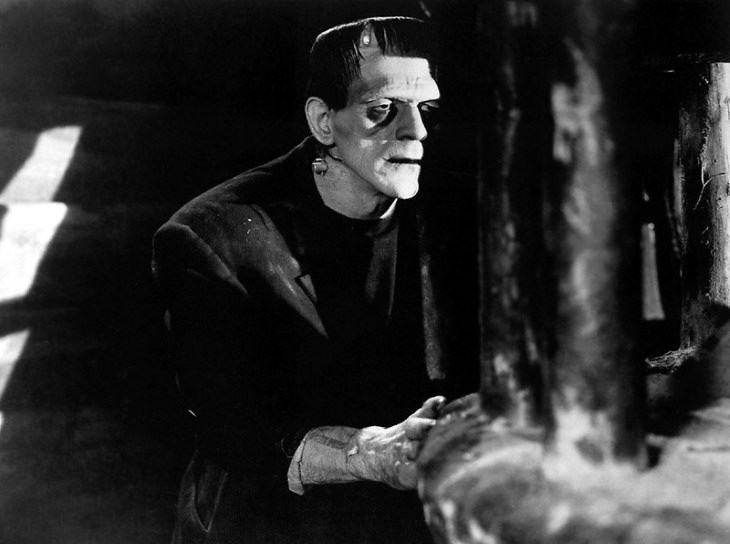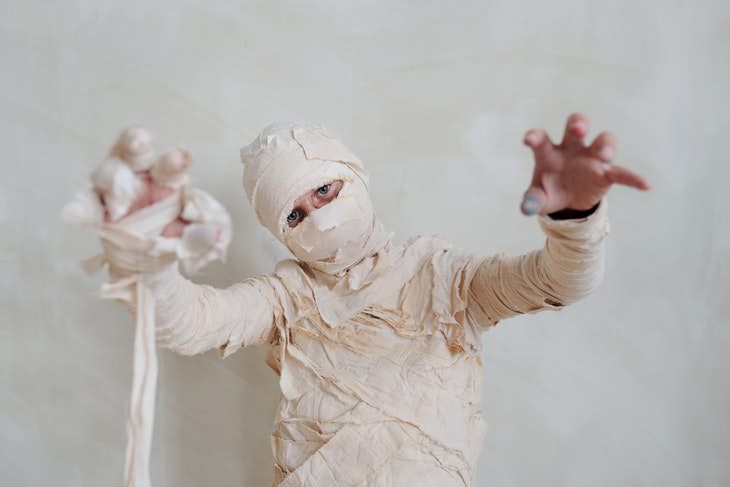
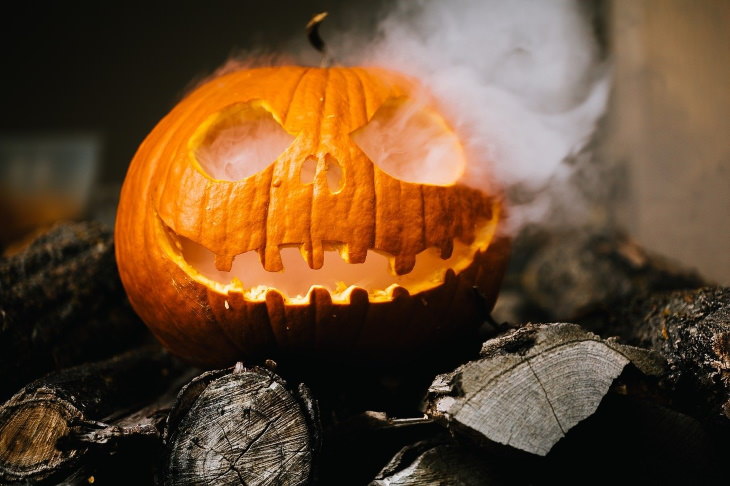
Did you know that the original jack-o’-lanterns were carved out of turnips and not pumpkins?
The Halloween mascot had originated from an Irish legend. According to the old tale, a man named Stingy Jack tried to trick the devil, but instead, he was doomed to roam the earth forever with only a carved turnip to light his path. When the first Irish settlers came to America, they immediately discovered that pumpkins - a squash type native to America - made a superior lantern. Thus, the modern-day jack-o’-lantern was born.
Werewolves are truly as old as time. Ancient history is full of shapeshifters, but the first mention of a proper werewolf - a human who turns into a wolf - was mentioned in The Epic of Gilgamesh, a text from ancient Mesopotamia that dates back to 2100-1200 BC! In the story, a goddess turns her ex-lover, a shepherd, into a wolf.
There are also mentions of similar creatures in Ancient Greek and Roman myths, but they’re “only” two thousand years old. Native American legends, Norse myths, and many other world traditions also describe werewolf-like creatures. Interestingly, some of these myths were likely driven by actual biology, as people affected by rabies were known to experience a sudden outburst of animalistic rage and go on violent rampages.
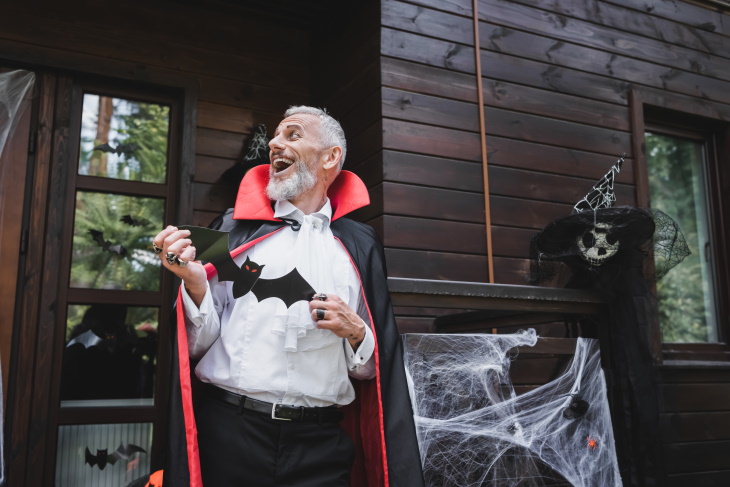
We have to thank Slavic folklore for the invention of the vampire. These early Eastern European vampires were pale and fed on human blood, but they were actually short and stocky and not tall and skinny like the vampires we see in movies. Slavic folks explained contagious diseases through the existence of these early vampires.
But it was an Irish author named Bram Stoker and his 1897 novel Dracula that solidified the image of the vampire on a global level. Inspired by Slavic folklore and stories about the Transilvanian count Vlad the Impaler, Stoker invented Dracula - everyone’s favorite nosferatu.
Related Article: 11 Best Towns to Visit This Halloween Holiday
Zombies have been definitely gaining in popularity in recent years, as evident by countless recent film and TV adaptations about them. These creepy albeit quite slow brain-eating monsters are Haitian in origin. The zombie (originally called zonbi in Haitian Creole) is a corpse brought back to life by Voodoo practitioners called bokors.
Once revived, this early zombie found itself under the control of the bokor, who snatched his soul through black magic. This is very different from the zombies we see in modern film adaptions, which are created by mysterious diseases and not sorcery.
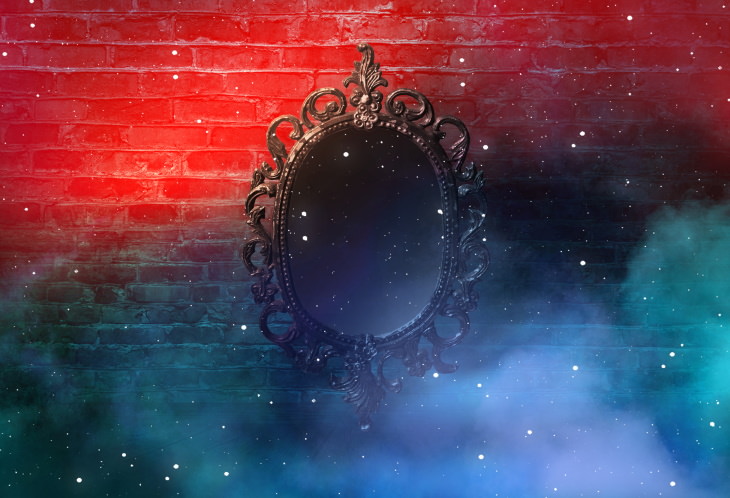
The legend says that if you sit down in a dark room, place a candle in front of the mirror, and chant Bloody Mary several times, a mysterious woman will appear in the mirror. Sometimes, she is described as a benevolent spirit, but most legends say that Bloody Mary is a bad ghost that may curse or hurt whoever is summoning her.
Some historical accounts suggest that Bloody Mary refers to the English Queen Mary I, who had the same nickname because she had executed hundreds of protestants during her reign as the first female English monarch. Interestingly, the Bloody Mary phenomenon has a fascinating scientific explanation; read all about it here.
The Headless Horseman is one of those rare monsters that can be traced to a single source - the 1820 novel titled The Legend of Sleepy Hollow by Washington Irving. Admittedly, Irving was probably inspired by the Irish legend about the dullahan - a headless rider with his head in one hand and a whip made of a human spine in the other. Similar legends have been around in German and Scandinavian folklore too.
